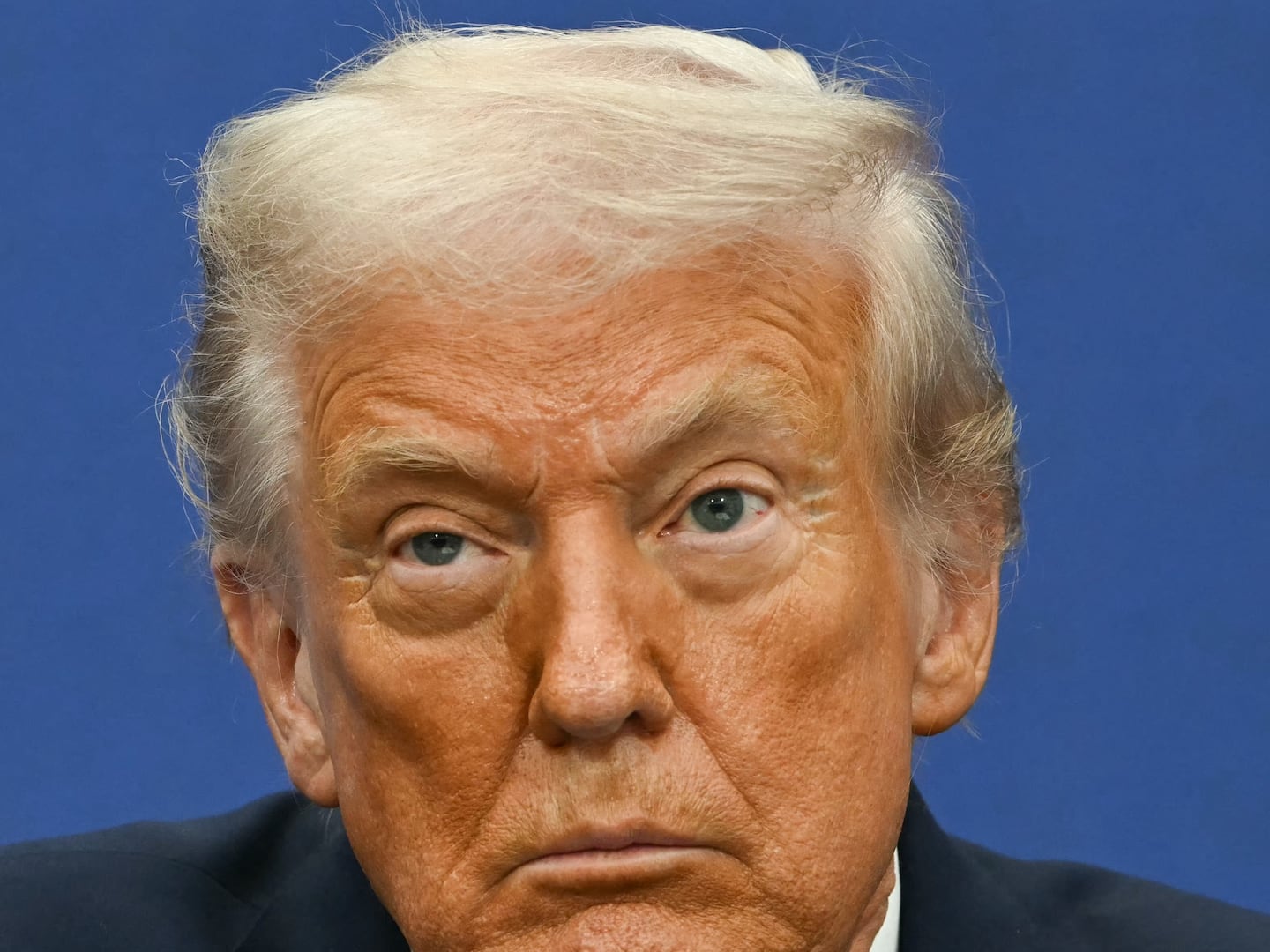
Brooklyn’s Williamsburg neighborhood often is regarded as a haven for emerging trends and youth cultures in New York. A walk down its main drag, Bedford Avenue, reveals many off-the-cuff looks and subversive appearances. New Year’s Eve is another chance for the neighborhood’s horde of renegade trendsetters to step outside the box—as evidenced during this writer’s late-night excursion back to Manhattan on the L subway line (a NYC vessel that also offers frequent looks into fashion’s future). Rather than being jammed with people in sparkly dress, that evening Williamsburg’s subway platform was flooded with trendsetters wearing the Indian jewel-like decorations, bindis—traditional forehead accessories last popularized in the West by pop singer Gwen Stefani in the late 1990s.
But it seems New York is late to the bindi game. The little gem has been worn in Tokyo’s more experimental street-style corridors since at least early last year, since then proliferating in Los Angeles’s grungier fashion game, and Melbourne’s fun-loving party scene—before finding a home in New York’s trendier boroughs. Its resurgence has a lot to do with a new nostalgia for the ’90s.
“As a fashion impulse it makes perfect sense,” Anya Kurennaya, a faculty member in Parsons’s fashion studies department, told The Daily Beast’ “A bindi is going to attract interest and has that level of sparkle, but it’s not a big style commitment, and demonstrates a level of culture and spirituality.”
But the flirtation with bindis also may have something to do with a heightened attention to India, with many in today’s Internet-inclined generation heading to the country during their school recesses. “There is so much more global perspective today that it’s only natural that you would find these cultures more appealing than the typical European cultures that are more canonized in our history books,” Kurennaya explained, “It’s kind of a rejection of traditional Western education.”
Sri Lankan jewelry designer Rosena Sammi concurs, telling The Daily Beast, “I think people are a lot more exposed to Indian culture in the news; it’s more accessible now than it has been in the past with the focus on Bollywood and yoga … there’s generally a great interest in the culture.”
The interest is so great that the style’s also been spotted on celebrities and the runways. Chanel’s pre-fall 2012 collection was flush with Bombay-inspired fixings, including elaborate bindis that hung like charms from each model’s hairline. Trendier celebrities like Azealia Banks and Katy Perry also have worn the jewel, to performances and red-carpet appearances.

Using the Internet as a means of sharing, today’s trend-inclined youths are not only catching hold of the bindi phenomenon by looking at street-style blogs; they’re spreading word of the trend via Instagram, where the hashtag #bindi yields nearly 13,000 results of girls (predominantly not of Indian descent) with decorated foreheads. Stephanie LaCava, author of the book An Extraordinary Theory of Objects, was one to recently favor bindi-type decorations as well. On New Year’s she wore a set of sparkly eyebrow embellishments purchased from a purveyor of Indian imports on one of her many trips abroad.
“I thought it would be fun to wear instead of a tiara, and there is so much that I love that comes from India in terms of style,” she told The Daily Beast, also noting that they probably “subconsciously hit on something” ’90s-related, emphasizing her love of the decade’s recent revival.
But at the center of the trend, still, lies Gwen Stefani’s bindi legacy. She introduced the tiny jewel to Western audiences from behind a wash of magenta fringe. “If you link the Gwen Stefani thing with Tokyo and Los Angeles’s inner-city street styles it makes a lot of sense—she’s looked to both of those places for style inspiration,” Kurennaya acknowledged, adding that in today’s lightning-fast chain of Internet adaptation, “there is definitely this sense of looking to other cultures and pulling from them.”






